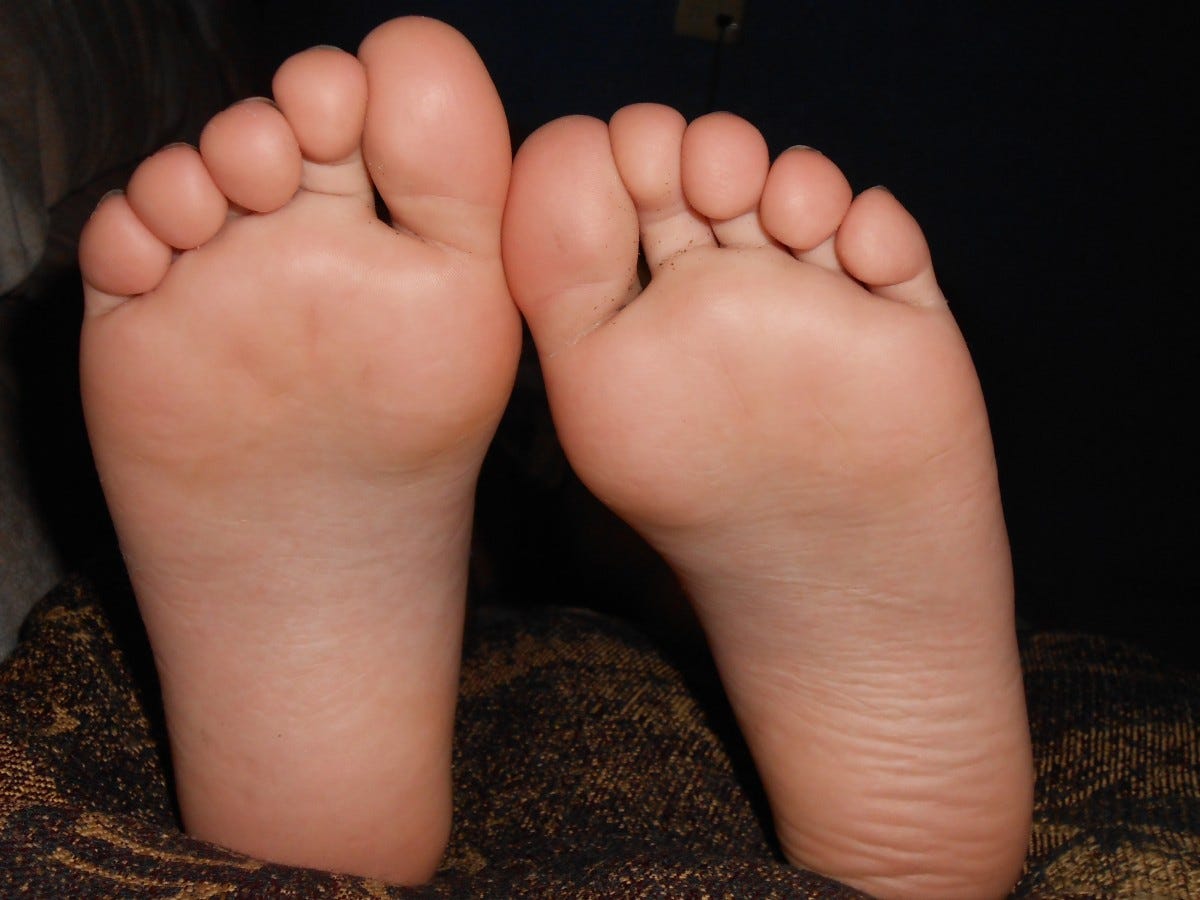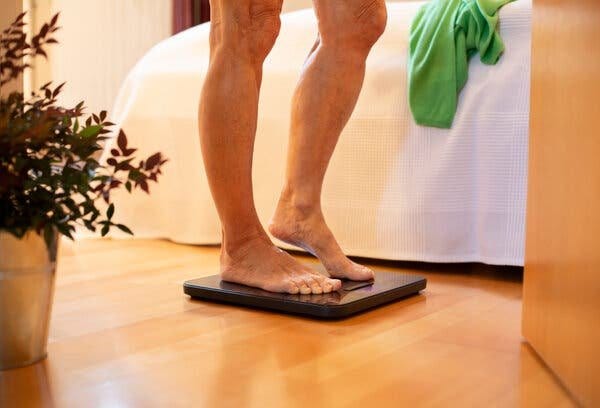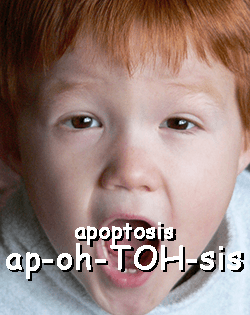Sci-Ed Update 274
Ethical treatment of body donors, science drawings, Bourbon virus, AMA changes tack on BMI, Dupuytren's disease from Neanderthals, glioblastoma vaccine, proper pronunciation
A former Harvard morgue manager is accused of stealing, selling and shipping human body parts, indictment says

A former morgue manager at Harvard Medical School is facing federal charges for allegedly stealing, selling and shipping human body parts, according to an indictment.
Cedric Lodge, 55, who worked at the medical school’s morgue in Boston, “stole dissected portions of donated cadavers, including…heads, brains, skin, bones, and other human remains, without the knowledge or permission of (the school) and removed those remains from the morgue in Massachusetts and transported them to his residence in New Hampshire,” the federal indictment, filed Tuesday in US District Court for the Middle District of Pennsylvania, said.
Lodge allegedly conspired with his wife, Denise, 63, to sell the human remains to others, including Katrina Maclean, 44, and Joshua Taylor, 46, according to the indictment.
Maclean is the owner of Kat’s Creepy Creations, a store in Peabody, Massachusetts, where she allegedly sold the stolen body parts to others, the court documents state.
Read more→ AandP.info/ot5
Kevin Patton comment→ the story that follows is directly related to this one
hTHE AMERICAN ASSOCIATION FOR ANATOMY CALLS FOR ETHICAL TREATMENT AND JUSTICE FOR HUMAN BODY DONORS
In response to the allegations of illicit buying and selling of stolen body parts from Harvard Medical School's body donation program, the American Association for Anatomy (AAA) stands united in strong condemnation of the commercialization of human body donors and any action that violates donor ethics and trust. Our heartfelt support goes out to the affected families.
Any act that violates the principles of respect and dignity owed to every individual, in life or death, undermines the sanctity of donor posthumous wishes to promote and advance anatomical research and education. The AAA firmly believes that anatomical donations were never meant to be commercialized. Donor misuse compromises donor and public confidence in ethical human body donation and undermines the integrity of academic institutions and body donation programs who fully comprehend the weight of their role as caretakers of human body donors.
Read more→ AandP.info/6qv
BioRender: Create Professional Science Figures in Minutes

Tell a Better Story
Presentations with compelling visuals are easier to understand. BioRender helps you create slides to present your research more effectively.
Free and low-cost plans available!
Read more→ AandP.info/ws5
Tick-borne Bourbon virus infects people, wildlife in St. Louis area
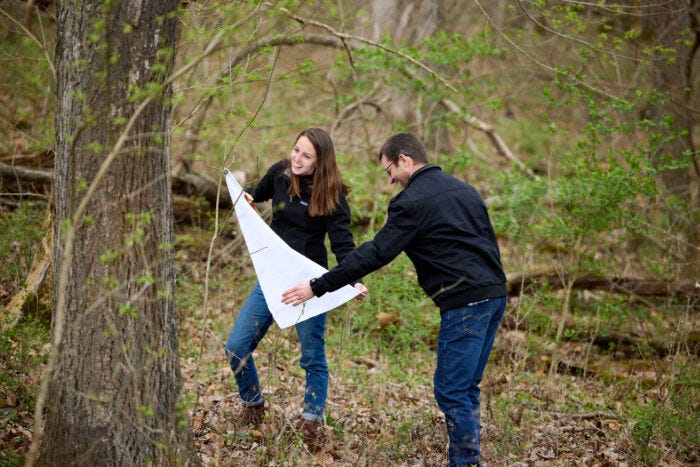
On a cold spring morning, Washington University in St. Louis virologist Jacco Boon, PhD, and wildlife ecologist Solny Adalsteinsson, PhD, flap and drag a large white flag through a woodsy area on the western edge of St. Louis County. Boon, an associate professor of medicine in infectious diseases at Washington University School of Medicine in St. Louis, and Adalsteinsson, a senior scientist at the university’s Tyson Research Center, are looking for lone star ticks that carry the potentially deadly Bourbon virus.
Earlier this year, the two — along with David Wang, PhD, the Robert C. Packman Professor of Molecular Microbiology at the School of Medicine — published a paper in the journal Tick and Tick-borne Diseases showing that about one out of every 150 lone star ticks in the St. Louis area carries the virus. In combing the woods for the minuscule yet potentially perilous arachnids, the researchers hope to learn more about where Bourbon virus-carrying ticks are located to better understand how the virus travels through wildlife and to people.
Kevin Patton comment→ Coincidentally, Tyson Research Center is where I did my master’s and doctoral research (stress in captive wild birds).
Read more→ AandP.info/g6m
Medical Group Says B.M.I. Alone Is Not Enough to Assess Health and Weight
The American Medical Association voted to adopt a new policy on Tuesday encouraging doctors not to rely only on body mass index, a long-used but potentially misleading metric, when assessing weight and health. The policy officially recognizes the “historical harm” of B.M.I. and states that the metric has been used “for racist exclusion.”
“It’s a pretty big shift,” said Dr. Cynthia Romero, director of the M. Foscue Brock Institute for Community and Global Health at Eastern Virginia Medical School, who was involved with the development of the new policy. “Now we have to be truly more mindful and more holistic when it comes to patient care.”
The policy could be a first step in moving away from a model of medicine that urges people above a certain B.M.I. to lose weight, without accounting for the toll those weight loss measures may take, said Dr. Scott Hagan, an assistant professor of medicine at the University of Washington who has studied obesity and was not involved with the decision. “It’s a really big deal,” he said. While the A.M.A. is influential in the medical community, the new recommendation is just a suggestion to doctors, not a strict rule they must comply with.
Read more→ AandP.info/aex
'Viking disease' hand disorder may come from Neanderthal genes
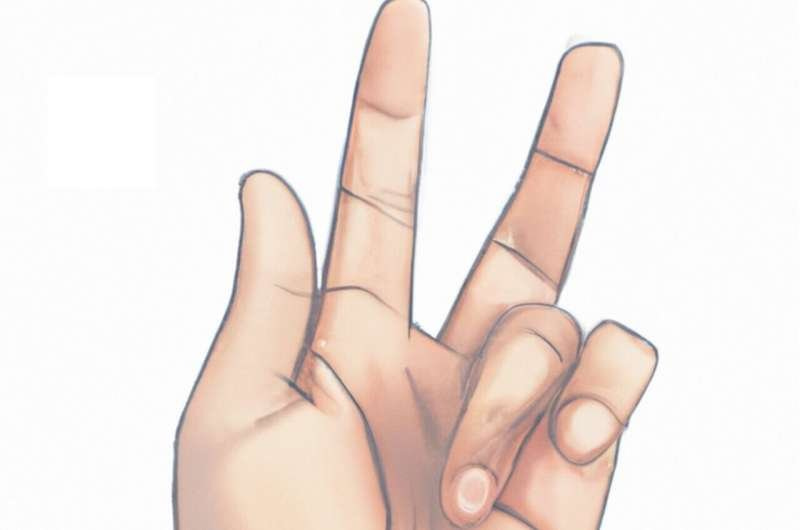
A new paper in Molecular Biology and Evolution shows that a condition known as Dupuytren's disease is partly of Neanderthal origin. Researchers have long known that the disease was much more common in Northern Europeans than in those of African ancestry.
Dupuytren's disease is a disorder affecting the hand. Those who suffer from the condition eventually see their hands become bent permanently in a flexed position. Although the condition can affect any finger, the ring and middle fingers are most often afflicted. Scientists have previously identified several risk factors for the condition, including age, alcohol consumption, diabetes, and genetic predisposition.
A 1999 Danish study reported 80% heritability for the condition, indicating a strong genetic influence. The condition is much more common in people of Northern European ancestry. One study estimated the prevalence of Dupuytren's disease among Norwegians over 60 years to be as much as 30%. The condition is rare, however, for those of primarily African descent. This apparent geographic distribution has given Dupuytren's disease the nickname "Viking disease."
There are geographical differences in the extent of genetic ancestry linking present-day humans to now-extinct groups. People from Africa south of the Sahara have little ancestry from Neanderthals or Denisovans, who that lived in Europe and Asia until at least 42,000 years ago. In contrast, people with roots outside of Africa inherited as much as 2% of their genome from Neanderthals and some populations in Asia today have up to 5% Denisovan ancestry. Given these regional differences, archaic gene variants can contribute to characteristics or diseases found primarily in certain populations.
Read more→ AandP.info/spt
Kevin Patton comment→ I don’t care for naming diseases after a group of people, as in Viking’s disease—but this piece did not originate with me.
Experimental vaccine shows promise in delaying the return of aggressive brain tumor
John Wishman was diagnosed with the deadliest form of brain cancer, glioblastoma, in fall 2020.
Two and a half years later, he’s still traveling and enjoying life — a rarity for a cancer with an average survival time of just 12 to 18 months.
Wishman, 61, of Buffalo, New York, attributes that to an experimental vaccine that’s designed to delay the progression of the tumor. The vaccine, called SurVaxM, targets a protein found in tumors called survivin, named for the role it’s thought to play in the survival of cancer cells. Get rid of survivin, the thinking goes, and the cancer cells will die.
It sounds like a far-fetched dream: a vaccine that can delay the return of glioblastoma, one of the deadliest and treatment-resistant cancers. More than 14,000 people in the U.S. were diagnosed last year, according to Tom Halkin, a spokesperson for the National Brain Tumor Society, a nonprofit group. It accounts for almost half of all malignant brain tumors. The disease is devastating for patients and families; the five-year survival rate is 6.8%.
Wishman got the vaccine through an expanded access program — sometimes called compassionate use — that allows seriously ill patients to gain access to experimental medicines. His daughter Lydia is a nurse at Roswell Park Comprehensive Cancer Center, where researchers are studying the drug.
In an early clinical trial, SurVaxM was found to extend survival time for people diagnosed with the brain cancer to 26 months, on average. Now the drugmaker, New York-based MimiVax, is enrolling patients in a larger trial, hoping to confirm the results. The expanded access program is no longer available.
Read more→ AandP.info/eyn
How Do YOU Pronounce It?
Pronunciations in any language differ for a variety of reasons. This happens in A&P terminology, too.
To listen to this episode, click on the player (if present) or this link→ theAPprofessor.org/podcast-episode-16.html
Kevin Patton comment→ Also read How do you pronounce it? (Kevin’s blog post on this topic)



